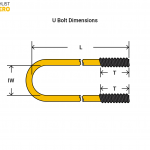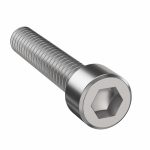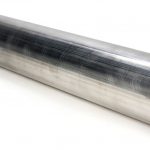The materials selection process for a component or assembly involves a careful evaluation of the benefits and trade-offs of material properties. In this article, you will learn the properties involved in material selection, workmanship concerns in material selection, and economic impacts upon specifying a material.
Selecting an Appropriate Material
A typical engineering project sees material selections constrained by feasibility, engineering specifications, client demands, and industry standards. Sometimes this constrains product selection to a single material or class of materials. For example, piping selections typically involve several dozen grades of steel, plastics, and specialized alloys. Existing standards and user requirements provide the basis of material selection.
In instances where a broader, systematic selection process is required, materials are selected on the following basis:
- Material Properties
- Workability
- Economic concerns
Material properties provide the basis of consideration of material whereas workability determines how those materials can be shaped to meet requirements. Lastly, any material selection process must meet the imposed economic demands.
Material properties may be subdivided into physical, mechanical, electrical, thermal, and chemical properties. These properties construct the main basis for the consideration of material in a particular application. Practical considerations exist in this evaluation that immediately disqualifies a material from consideration. For instance, asbestos, despite its great insulative properties, leeches poisonous fumes. Structural skid made from plastic generally doesn’t have the required strength.
Much of material property selection for the practicing engineer via trial and error and optimization. Nonetheless, practical steps for material evaluation do exist and evaluation of material objectively should be conducted on a physical, electrical, mechanical, and thermal properties.
Physical Properties
The most common evaluation parameters for a material’s physical properties are density, melting point, viscosity, porosity, and permeability.
Density measures the mass of a substance per unit volume. Its most commonly expressed as lb/ft3 in English units and kg/m3 in SI units. Material selection favors dense substances when engineers desire stability and resistance to movement. Material selection favors less dense substances in applications such as aeronautics where engineers try to minimize weight.
The melting point of a material is when liquid and solid states exist together. A material’s melting point becomes a concern in combustion-related applications and for safety reasons should something go wrong during a standard process.
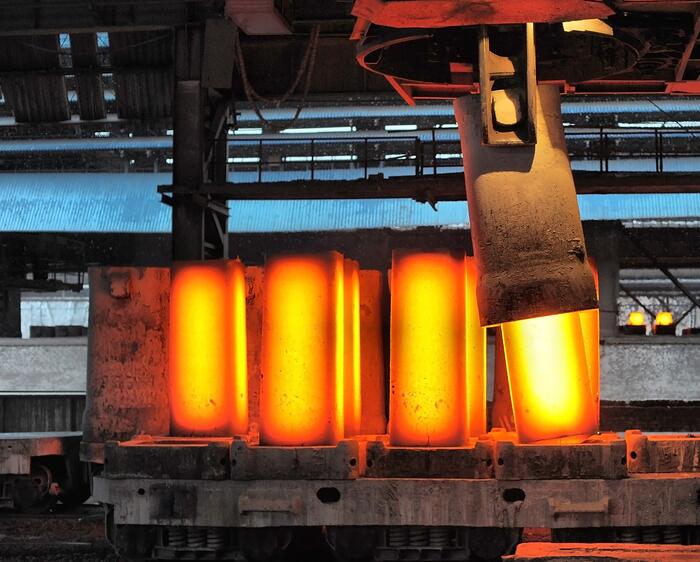
A material’s viscosity typically sees relevance not to a part of a piece of equipment, but to its ability to operate with process media of varying viscosity. For example, pinch and diaphragm valves suit viscous operations, whereas needle valves quickly plug during this type of operation. In most cases, engineers have little concern over the viscosity of the subject material. Exceptions include hydraulic, lubrication, and projects where process fluid design belongs to the engineering team.
Material porosity measures the void spaces in material. It is expressed as a percentage between 0% and 100%. Material porosity measurements typically are of little concern for structural skids, vessels, valves, pipes, and most general equipment. Porosity is most frequently specified in filter applications. By specifying porosity, filters capture containments in a specified size range.
Several other physical properties of a material may have relevance to the material specification. The properties include but are not limited to crystal structure, reflectivity, transparency, vapor pressure, refraction, and polarization. An application that requires specification of these less commonly used properties typically states this demand in explicit detail or it may be inferred from the application.
Mechanical Properties
The most common mechanical properties considered in the material selection are compatibility with process media, hardness, modulus of elasticity, Poisson’s ratio, the stress-strain relationship, strength, and resistance to fatigue.
Lack of compatibility with process media devastates processing equipment and piping. To determine process media compatibility, strict engineering evaluations typically are insufficient. Many real-world products undergo a structured compatibility test.

Material hardness measurements typically use the Rockwell hardness test, although a litany of other tests exists. The Rockwell hardness test provides a quick measurement at an economical price. Material hardness measurements typically are specified into buyout material, eliminating the need for expensive testing. For critical applications, hardness testing may be required.
Strength provides a fundamental basis for material specification. Engineers typically do not consider measurements of strength in the plastic region (ultimate strength). Yield strength criteria present as tension, compression, and shear. Any material selection process must include the evaluation of expected stresses upon the subject material. Engineers most frequently specify materials with known yield strength. However, client specifications or regulatory requirements may necessitate testing for verification purposes.
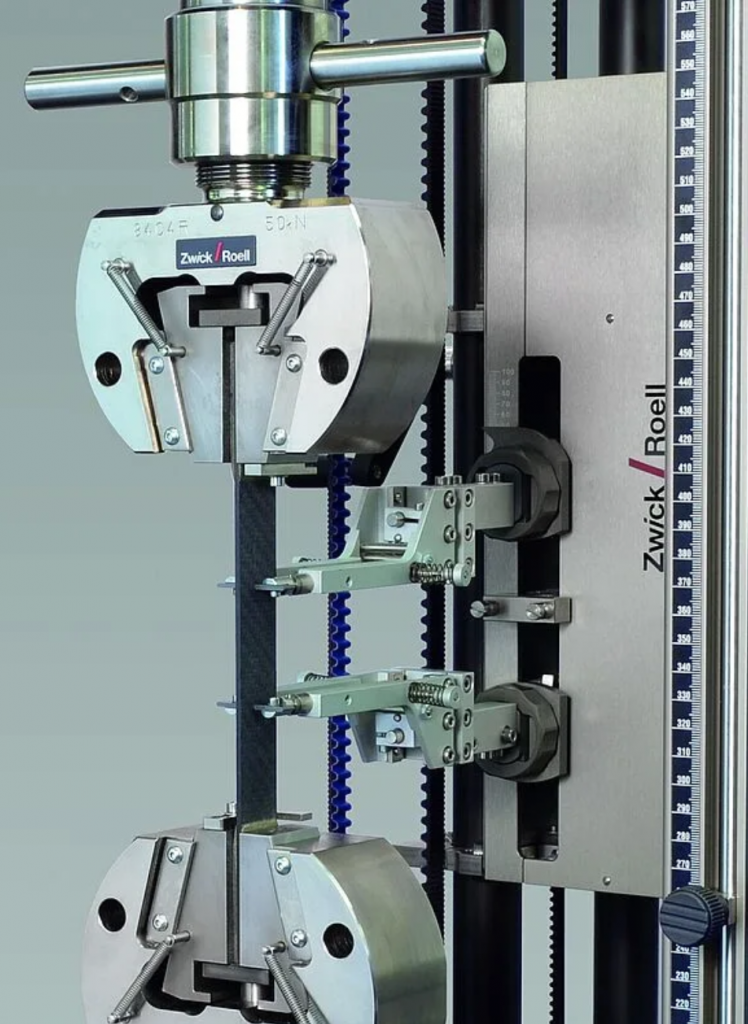
Less frequently considered mechanical properties include: damping, ballistic impact, fracture toughness, and impact transition temperature.
Electrical Properties
Electrically, the most common way to evaluate material is based on conductivity. Conductivity becomes a major fact when evaluating wire. Aluminum, copper, and silver are common conductor choices. Conductivity concerns in other equipment often pertain to safety issues. Systems must deliver electrical loads to the ground in a safe manner.
Less frequently considered electrical properties are hysteresis, coercivity, and relative permittivity. These properties are typically only considered in niche and research and development applications.
Thermal Properties
Thermal properties are primarily evaluated on the basis of specific heat, coefficient of expansion, and fire resistance.
Specific heat measures the amount of heat that must be added to one unit of mass of the substance in order to cause an increase of one unit in temperature. Specific heat presents itself formally in two ways: heat capacity at constant pressure (Cp) and heat capacity at constant volume(Cv).
The co-efficient of expansion describes how the size of an object changes with temperature. Engineering practices must account for expansion due to heat. As a practical example, pipework expansion joints allow for piping systems to expand with temperature. A design that doesn’t allow for thermal expansion results in unwanted expansion and subsequently material failure.

A material’s fire resistance prevents or retards the passage of excessive heat, hot gases, or flames. Fire resistance becomes of particular importance for materials susceptible to combustion. Products that require particular attention to fire resistance capacities are shingles, doors, and insulation.
Less frequently, a potential material selection may be based on emissivity, absorptivity, and ablation rate.
Chemical Properties
Chemical properties commonly considered in material selection are corrosion and oxidation.
Oxidation measures a material’s reaction to oxygen. In material design, oxidation principles influence its capacity to rust and potentially ignite, depending on the substance.
A material’s corrosion rate measures the rate of corrosion when subjected to standard atmospheric environments. All environments are not the same, as sea-laden environments and water immersion rapidly speeds up the rate of corrosion.
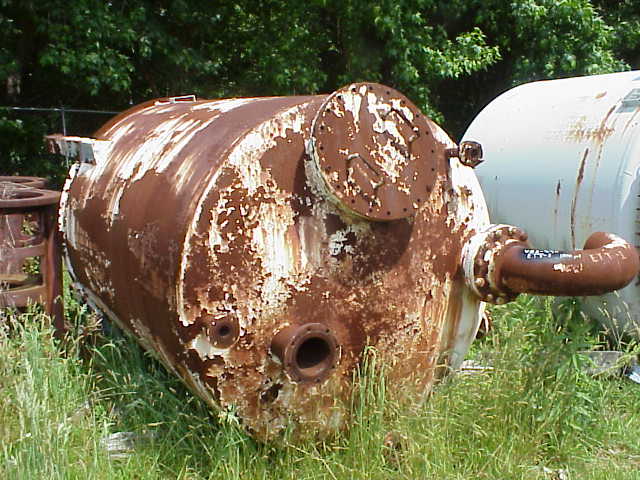
Niche applications may take into account hydrogen embrittlement, position in the electromagnetic series, hydraulic permeability, and biological stability.
Material Workmanship
The materials selection processes must include material workmanship considerations. Common mechanical workmanship processes include cutting, folding, welding, sandblasting, grinding, machining, stamping, forging, and casting. Processes that alter a material’s mechanical properties include heat treating, pickling, passivation, galvanization, paint, and shot-peening.
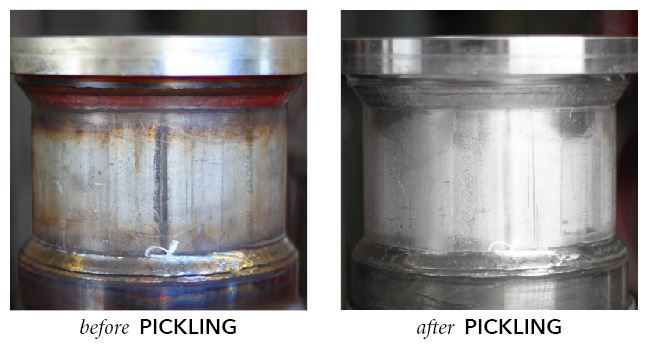
Mechanical workmanship informs tooling requirements and processing time. For instance, drilling screws through an 18 gauge sheet of stainless steel requires significantly more work than drilling through an 18 gauge sheet of A36 galvanized sheet. Engineers must consider these workability concerns during the material selection process.
Economic Concerns
Engineers must consider cost and delivery when determining an acceptable material. The most robust economic model for material cost considers the raw overall cost, manufacturing costs, shipping costs, and material cost for a product’s entire service life. As an example, whether to galvanize or paint a skid likely depends on the expected cost of paint maintenance, its end destination, and the wear to which it is subjected.
Often, groups inside the same company may be at odds with each other on the best solution. Those with project and procurement responsibilities tend to seek low-cost solutions. The operations and maintenance groups will look for the easiest materials to maintain and operate.
Performance Trade-offs
In real-world applications, material characteristics must be carefully evaluated. Several formal models exist. The Pugh Selection Model qualitatively compares each alternative to a benchmark. Ideally, this model should be weight material properties according to the desired characteristics. Software solutions such as Ansys Granta and Matmatch provide instant access to detailed material properties.
Performance trade-offs must be evaluated as part of the material selection process. Consider the case of stainless steel versus carbon steel. Stainless steel is hard to work, more expensive, and highly sensitive to carbon steel impregnation. Despite those drawbacks, stainless steel typically does not require a coat of paint and possesses excellent resistivity to corrosion.

Understanding a customer’s needs, manufacturing capabilities, application, and budget is a crucial element of a proper materials selection process. By starting with a clear scope, budget, and expectations, the materials selection process produces a positive outcome for all stakeholders involved.
